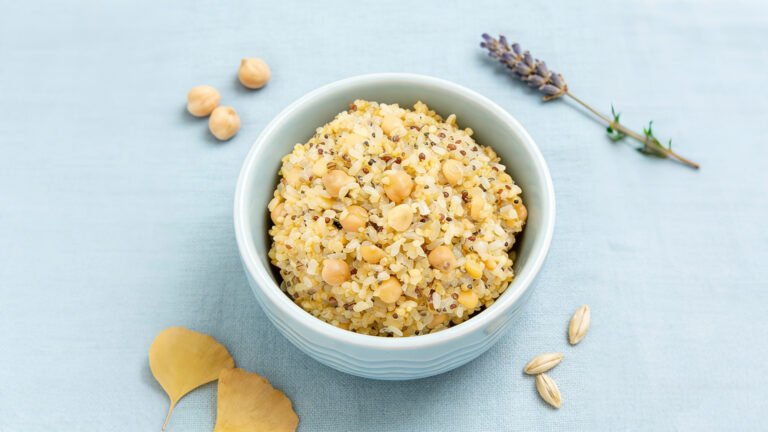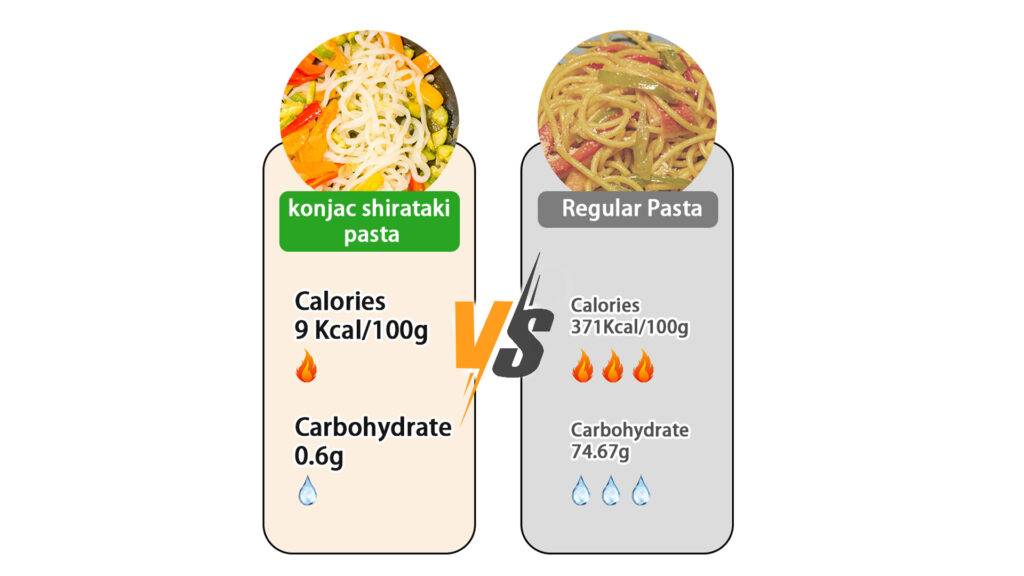
Contact Us through info@lovekonjac.com
Fluffy white rice with half the calories? Yes, you read that right. Lovekonjac brings you must try Shirataki noodles and rice.

Many of you may have heard of this sought after product, but if not, let me tell you a bit about it. Shirataki noodles and rice rose to fame for their ability to serve as an ultra-low-carb rice or noodle substitute, making its way to every health fanatic, and carb-conscious person’s grocery lists.
Also known as the miracle noodle, Shirataki (which is made from Konjac root) is truly a health buff’s dream come true. While it does have a bouncier texture which is not identical to that of our beloved carby favourites, it does the trick and is an excellent addition to your pantry when trying to shed off a few pounds. The noodles are more like glass noodles, think Japchae. They’re transparent and have a tighter, bouncier texture. Pure Shirataki rice, on the other hand, does not mimic good old fluffy white rice as it sort of is like chopped up glass noodles in truth.
Shirataki is made of a fiber called glucomannan derived from konjac root. Glucomannan is used as a thickener in some recipes, and when combined with water, creates flour for noodles or rice. Since it’s fiber made primarily, shirataki noodles and rice are comparatively calorie free to traditional rice. It is also vegan, sugar free, gluten free, and keto friendly.
Did you know that these two are basically the same thing but in different shapes?
They both made from the root of a subtropical plant called Konjac, which is rich in glucomannan, a water-soluble fiber. That’s why they are widely considered an ideal choice for low-calorie and low-carbohydrate diets.
Although their ingredients are the same, shirataki noodles and shirataki rice have distinct shapes. Noodles are long and slender, resembling traditional Asian noodles, while rice takes the form of small grains, like little pieces of white rice. This difference in shape gives them completely different textures and applications in cooking and eating.
Many people might wonder which one to choose, shirataki noodles or shirataki rice, when shopping. At this point, it’s essential to recognize the subtle differences in their uses.
Diverse Applications of Noodles: Due to their slender shape, shirataki noodles are more suitable for making traditional Asian noodle dishes, such as stir-fried noodles, ramen, or cold noodles. Their soft texture and elasticity make them an ideal choice for many Asian recipes.
Unique Features of Rice: Comparatively, shirataki rice is more similar to the grainy texture of traditional rice, making it better suited for dishes like fried rice or rice casseroles that require a grainy feel. Additionally, shirataki rice is an excellent option for those following a low-carbohydrate diet as a substitute for traditional rice.
No, we are not making ready-to-cook sets at present but we will be posting different recipes on our Youtube(https://www.youtube.com/@Ator-food) page! We have tested each one and made sure that they go very well with the Shirataki rice and noodles.
Ready to embark on a shirataki adventure? Share your favorite shirataki recipes and experiences with us in the comments below. Don’t forget to subscribe to our YouTube page for a variety of recipes tailored for Shirataki enthusiasts. Happy cooking!